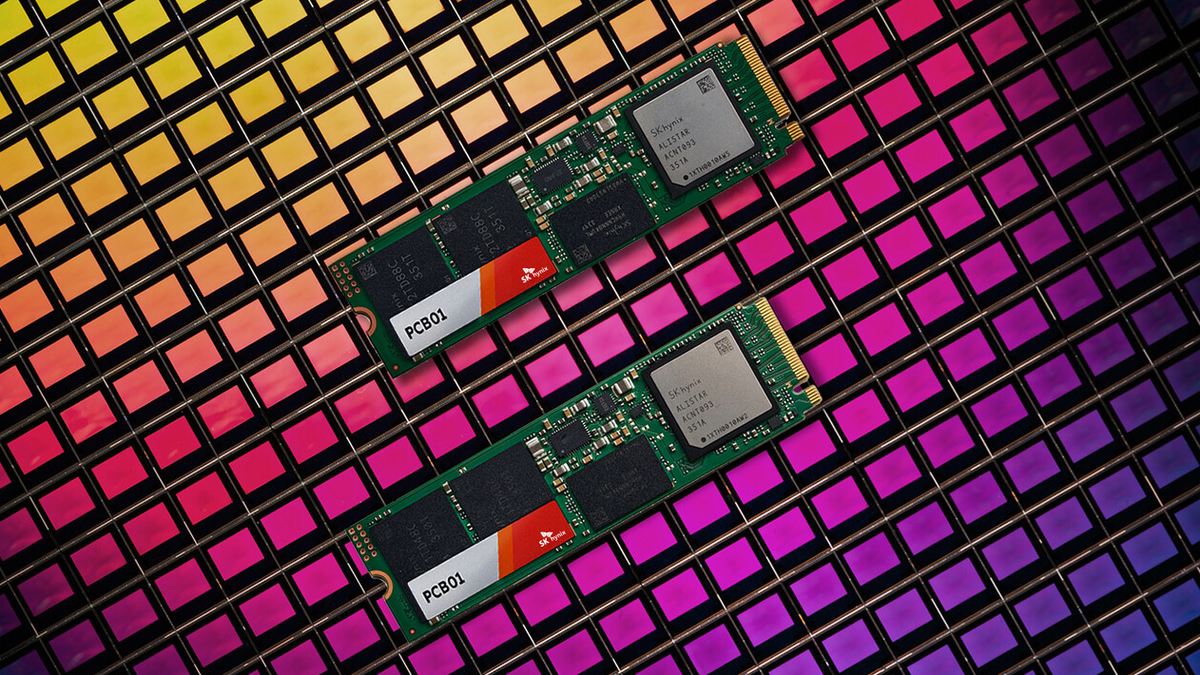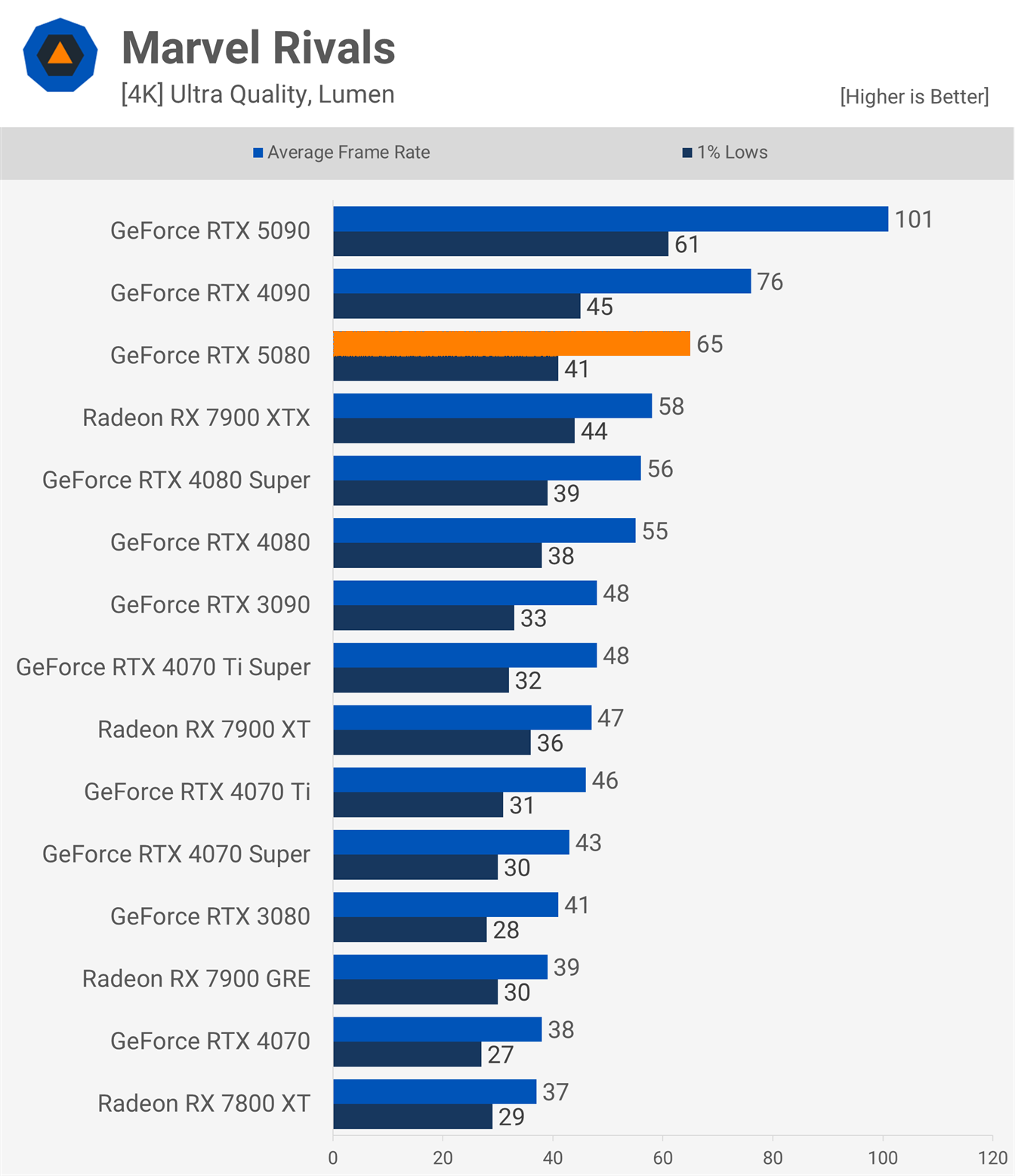Intel and SK hynix close NAND business deal: Intel gets $1.9 billion, SK hynix gets IP and employees

Intel and SK hynix this week finalized their nearly $8.85 billion transaction of Intel's NAND flash memory operations, completing a two-part process that began in 2020.
On Thursday, Intel received a final payment of $1.9 billion from SK hynix, whereas the latter officially obtained Intel's NAND IP as well as employees, which will enable Solidigm's teams to work more closely with SK hynix on future products, notes DigiTimes.
"On March 27, 2025, the second closing of the transaction occurred," a filing by Intel with the SEC reads. "The consideration received by Intel at the second closing of the transaction was approximately $1.9 billion, net of certain adjustments."
The acquisition of Intel's NAND business unfolded in two distinct phases. Initially, in 2021, SK Hynix acquired Intel’s SSD business and NAND memory production facility in Dalian, China, for $6.61 billion. As a result, SK hynix renamed Intel's enterprise SSD business to Solidigm and continued its operations under the new brand name.
However, this phase transferred only the physical assets and SSD-related operations, excluding Intel's intellectual property, R&D infrastructure, and key NAND-focused staff.
Throughout a transitional period, Intel retained direct control over NAND-related intellectual property and essential personnel. This arrangement temporarily restricted Solidigm's ability to fully collaborate on technology development or optimize joint research activities, limiting potential synergies between SK Hynix and Intel's NAND teams.
The transaction concluded fully this month when SK Hynix paid the remaining $1.9 billion (which is less than $2.24 billion it was supposed to pay) to secure Intel's IP, along with R&D resources and the associated technical workforce. With the completion of this stage, Solidigm took over complete operational control, thus enabling unified development efforts.
An Intel spokesperson told Tom's Hardware that this transaction would "further strengthen Intel’s balance sheet and enhance its financial flexibility.””
Get Tom's Hardware's best news and in-depth reviews, straight to your inbox.
A notable challenge arising from the acquisition is the fundamental difference in NAND fabrication technology used by the two companies. Intel historically employed floating gate NAND flash technology, whereas SK hynix has focused primarily on charge trap flash (CTF).
As Solidigm inherited Intel's product lines, parent company SK hynix obviously kept producing floating-gate NAND. In fact, even some of Solidigm's flagship drives based on high-endurance 3D QLC memory rely on floating gate NAND.
Looking forward, SK hynix may want to address complexities posed by dual NAND technologies. It may maintain distinct production lines initially, offering specialized products leveraging each process' strengths, but long-term strategies might involve gradually consolidating around a unified process to reduce complexity and manufacturing overhead.
Without any doubts, Solidigm — Intel's former enterprise SSD unit — has greatly expanded SK hynix's presence in enterprise storage. Despite these NAND-related technical differences, SK hynix clearly intends to use this acquisition strategically to further strengthen its enterprise SSD business.
In addition, with the second phase of the deal complete, the agreement that allowed Intel to produce NAND wafers at SK hynix's Dalian facility has now ended.
"In connection with the second closing of the transaction, the NAND wafer manufacturing and sale agreement entered into at the first closing of the transaction among Intel, SK hynix and certain affiliated entities, pursuant to which Intel manufactured NAND wafers at SK hynix’s Dalian memory manufacturing facility, has terminated," the filing reads.
What's Your Reaction?
 Like
0
Like
0
 Dislike
0
Dislike
0
 Love
0
Love
0
 Funny
0
Funny
0
 Angry
0
Angry
0
 Sad
0
Sad
0
 Wow
0
Wow
0
































